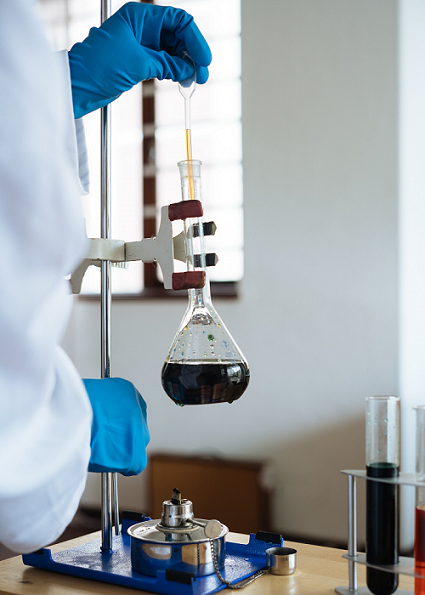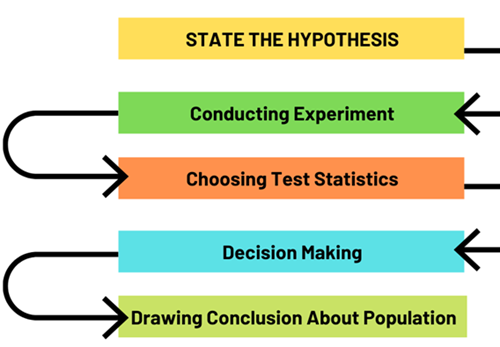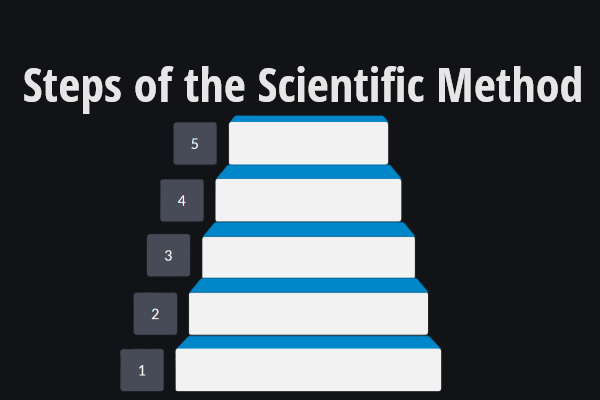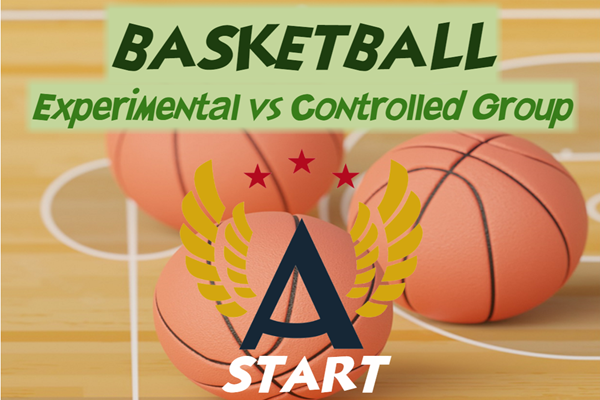Unit 1: Introduction to the Scientific Process
Unit 1: Introduction to the Scientific Process

Unit 1: Introduction to the Scientific Process

This unit reviews the steps of the scientific method and how they are used to solve problems.
The scientific process, or the scientific method, is a systematic and logical approach scientists use to investigate natural phenomena, answer questions, and develop explanations for observed phenomena. It is a systematic way of acquiring knowledge and understanding the world. The scientific process typically involves the following steps:
Observation:
- The process begins with observations of the natural world. Observations can be qualitative (descriptive) or quantitative (involving measurements).
Question Formulation:
- Scientists formulate questions about the phenomena they observe based on their observations. These questions should be specific, clear, and testable.
Hypothesis:
- A hypothesis is a proposed explanation for a phenomenon. It is a statement that can be tested through experimentation or observation. A reasonable theory is specific, falsifiable, and based on prior knowledge:
Statement of the Problem: The hypothesis typically starts with a clear statement of the problem or question being addressed.
Background Information: It often includes a review of existing literature or knowledge related to the topic, providing context for the hypothesis.
Prediction or Explanation: The hypothesis puts forth a proposed explanation for the observed phenomenon or a prediction about the outcome of an experiment.
Testability: A reasonable hypothesis can be tested through empirical observation and experimentation. This involves collecting data that can either support or refute the hypothesis.
Falsifiability: A hypothesis should be falsifiable, meaning there must be a way to demonstrate that it is false. This is a critical aspect of scientific theories, ensuring they can be rigorously tested.
- For example:
Suppose the hypothesis is about the effect of a new drug on a specific medical condition. In that case, it might be something like: 'Administration of Drug X will lead to a statistically significant improvement in the symptoms of Condition Y compared to a placebo.'
If the hypothesis is about a cause-and-effect relationship, it might be something like: 'An increase in the concentration of Substance Z will result in a proportional decrease in the rate of Reaction W.'
- In scientific inquiry, hypotheses are tested through experiments, observations, or other research methods. The results of these tests either support the hypothesis, leading to further confirmation, or they may contradict the hypothesis, prompting a reevaluation or modification of the initial idea.
Prediction:
- Scientists make predictions about what should happen if the hypothesis is correct. These predictions help design experiments and observations to test the hypothesis.
Experimentation or Observation:
- Controlled experiments are designed to test the hypothesis. Variables are manipulated, and measurements are taken to collect data. In some cases, observations alone may be sufficient.
Data Collection:
- Systematic and careful data collection is essential. Measurements and observations are recorded, often in tables, graphs, or other organized formats.
Analysis:
- The collected data are analyzed to determine if they support or refute the hypothesis. Statistical methods are often used to evaluate the significance of the results.
Conclusion:
- Based on the analysis, scientists conclude whether the data supports or rejects the hypothesis. If necessary, the hypothesis may be revised or refined.
Communication:
- Scientists communicate their findings through scientific papers, presentations, or other means. This allows other researchers to review, replicate, and build upon the work.
Peer Review:
- The scientific community engages in peer review, where other experts evaluate the study's methods, results, and conclusions before it is accepted for publication. This process helps ensure the quality and reliability of scientific research.
Iteration:
- Scientific inquiry is an iterative process. New observations and results often lead to new questions and hypotheses, perpetuating the cycle of scientific investigation.
- Scientific inquiry is an iterative process. New observations and results often lead to new questions and hypotheses, perpetuating the cycle of scientific investigation.
The scientific process is dynamic and self-correcting, allowing for the continual refinement and advancement of our understanding of the natural world. It provides a structured and systematic way to explore, discover, and explain the principles that govern the universe.

Student Goals
- Identify the steps of the scientific method scientists use to solve a problem.
- Know safety rules for the science laboratory and classroom.
- Recognize the scientific method being used in everyday problems.
- Recognize that scientific thought undergoes shifts.
Unit Focus
- Know that investigations are conducted to explore new phenomena, check previous results, test how well a theory predicts, and compare different theories.
- While major shifts occasionally occur in the scientific view of how the world works, they are often small modifications of prior knowledge.
- Understand that no matter how well one theory fits observations, a new theory might fit them as well or better or might fit a broader range of observations because in science, the testing, revising, and occasional discarding of theories, new and old, never ends and leads to an increasingly better understanding of how things work in the world, but not to absolute truth.
- Know that technological problems often demand new scientific knowledge and that new technologies make it possible for scientists to extend their research in a way that advances science.
Vocabulary
Lesson Reading
Videos (Click on Images to View Content)



